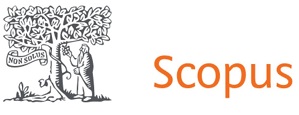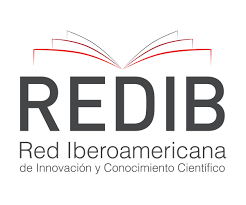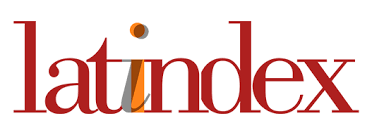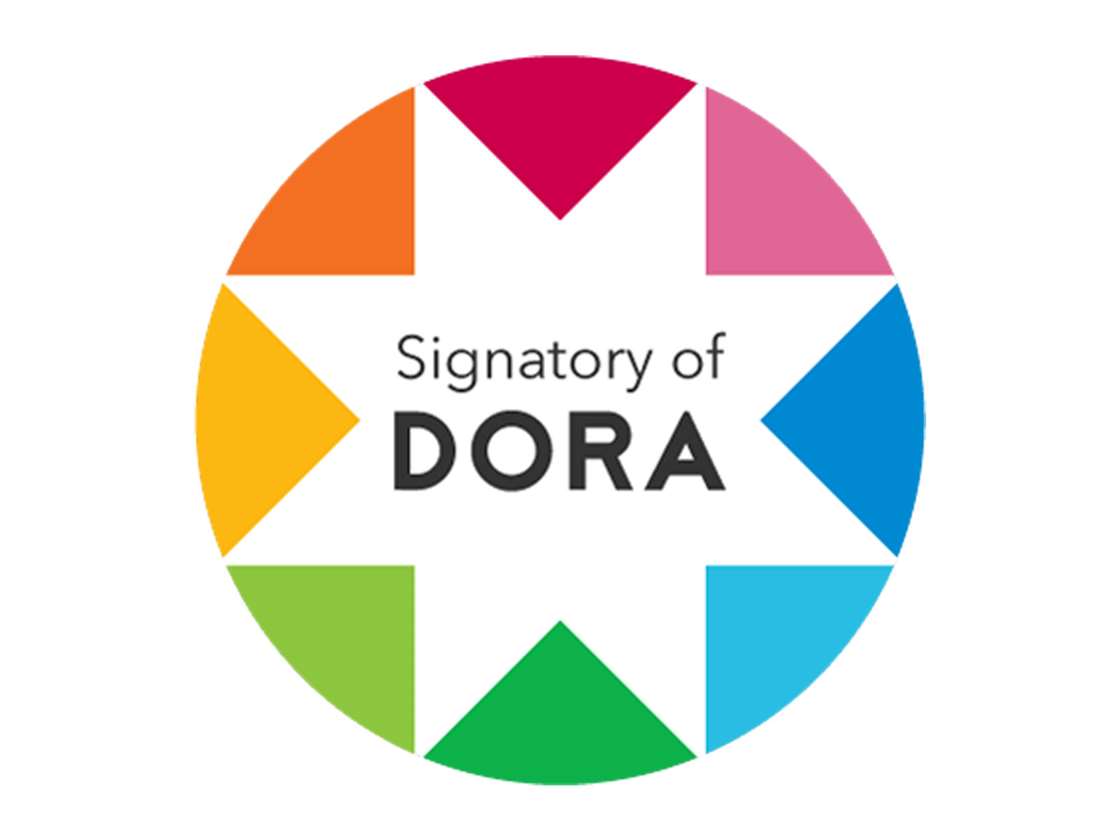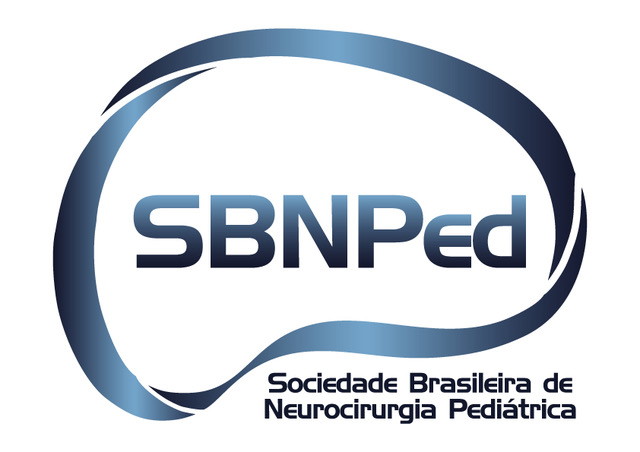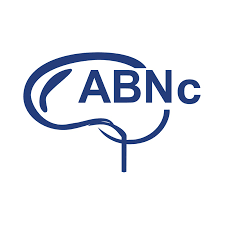Intraoperative Neurophysiological Monitoring in Posterior Fossa Surgeries
DOI:
https://doi.org/10.46900/apn.v5i3.215Keywords:
intraoperative monitoring, brainstem mapping, cranial nerves, brainstem surgery, evoked potentialAbstract
Introduction: Surgery involving the brainstem is one of the most demanding procedures due to the abundance of neural structures and significantly increases the risk of postoperative neurologic deficits. Intraoperative Neurophysiological Monitoring has emerged as a tool, offering instantaneous feedback on the functional status of the neural structures located in the posterior fossa.
Material and methods: An extensive review of the literature relating to Intraoperative Neurophysiological Monitoring in Posterior Fossa Surgeries was performed. Mapping and monitoring techniques were detailed.
Conclusion: The use of intraoperative neurophysiological monitoring has made the procedure safer, even with a distorted anatomy, allowing for greater resection and less chance of deficits.
Downloads

Additional Files
Published
How to Cite
Issue
Section
Categories
License
Copyright (c) 2023 Denise Pinheiro, Sergio Cavalheiro

This work is licensed under a Creative Commons Attribution 4.0 International License.

When publishing in Archives of Pediatric Neurosurgery journal, authors retain the copyright of their article and agree to license their work using a Creative Commons Attribution 4.0 International Public License (CC BY 4.0), thereby accepting the terms and conditions of this license (https://creativecommons.org/licenses/by/4.0/legalcode).
The CC BY 4.0 license terms applies to both readers and the publisher and allows them to: share (copy and redistribute in any medium or format) and adapt (remix, transform, and build upon) the article for any purpose, even commercially, provided that appropriate credit is given to the authors and the journal in which the article was published.
Authors grant Archives of Pediatric Neurosurgery the right to first publish the article and identify itself as the original publisher. Under the terms of the CC BY 4.0 license, authors allow the journal to distribute the article in third party databases, as long as its original authors and citation details are identified.









